Bullet Trap Comparisons, Pt. 2
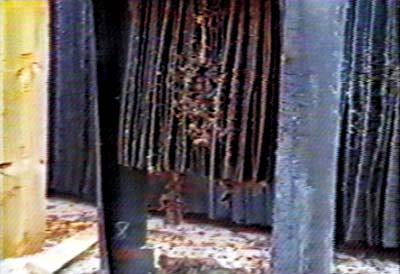
Building a shooting range can be a daunting task. There are so many different things to consider and decisions to make that it can become a little overwhelming. One issue that seems to confuse potential range owners the most is bullet containment. Without a doubt, bullet containment is the most important aspect of every indoor […]
Bullet Trap Comparisons, Pt. 1
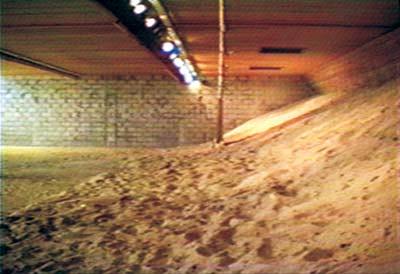
For many years, bullet trap technology has been mired in confusion, misunderstanding, and misinformation. The various approaches to bullet containment and disposal have become as diverse as they are numerous. The purpose of this article is to provide accurate information and valuable education by examining various bullet trap theories, technologies, and applications in an objective […]
Myths About Rubber Berm Traps: Part II
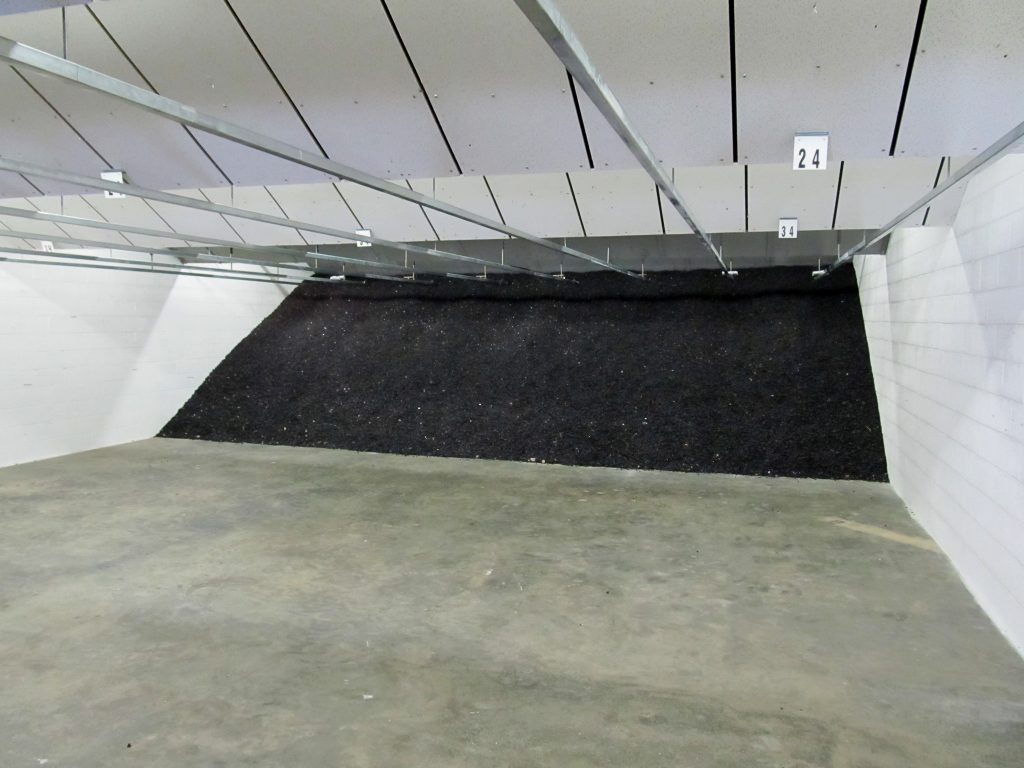
As we discussed in the first part of this article, rubber berms are a fantastic way to contain rounds on ranges that see limited use, but they aren’t perfect in every circumstance. Rubber berms have their limitations no matter what you may read. If you are considering installing a rubber berm on your indoor or […]
AT the Official Target of 2012 Steel Challenge World Championship
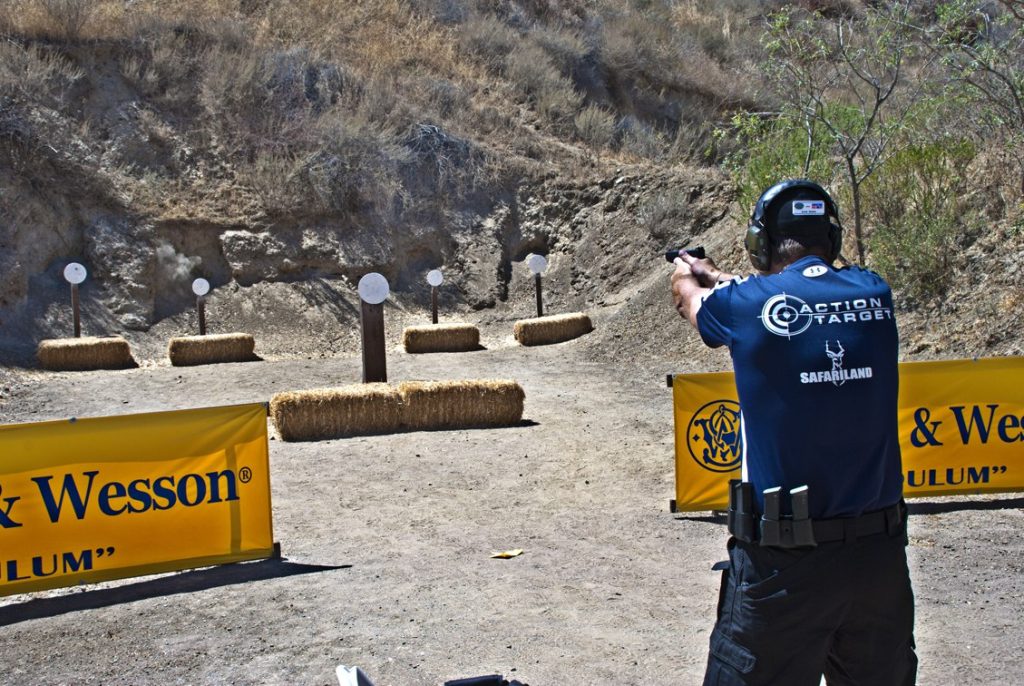
Steel Challenge Shooting Association begins international shooting championship Nov. 1 with custom targets from Action Target PROVO, Utah – The Steel Challenge Shooting Association recently named Action Target the official target of the 2012 Steel Challenge World Speed Shooting Championship. The championship, which is held in Frostproof, Fla., begins Nov. 1 and ends on Nov. […]
3 Marketing Strategies to Get People in Your Shooting Range

By Mike Stilwell, Action Target Range Consultant and owner of Range Masters indoor shooting range in Springville, Utah. When I bought my first handgun 20 years ago, there wasn’t a place to shoot it. There were hardly any shooting ranges in the area, and the ones that did exist required expensive long-term memberships. That really […]
The Equipment You Need to Make a Good Shooting Range Great: Pt. 2

By Matt Brinkerhoff, Action Target Range Consultant When it comes to shooting ranges, bullet containment is the paramount concern. As we discussed in our last article, the appropriate bullet traps and safety baffles need to be in place in order to keep your customers and employees safe. That means bullet traps that reliably collect and […]
Accuracy After Injury: How Will You React in a Firefight When Suffering from the Symptoms of Shock?
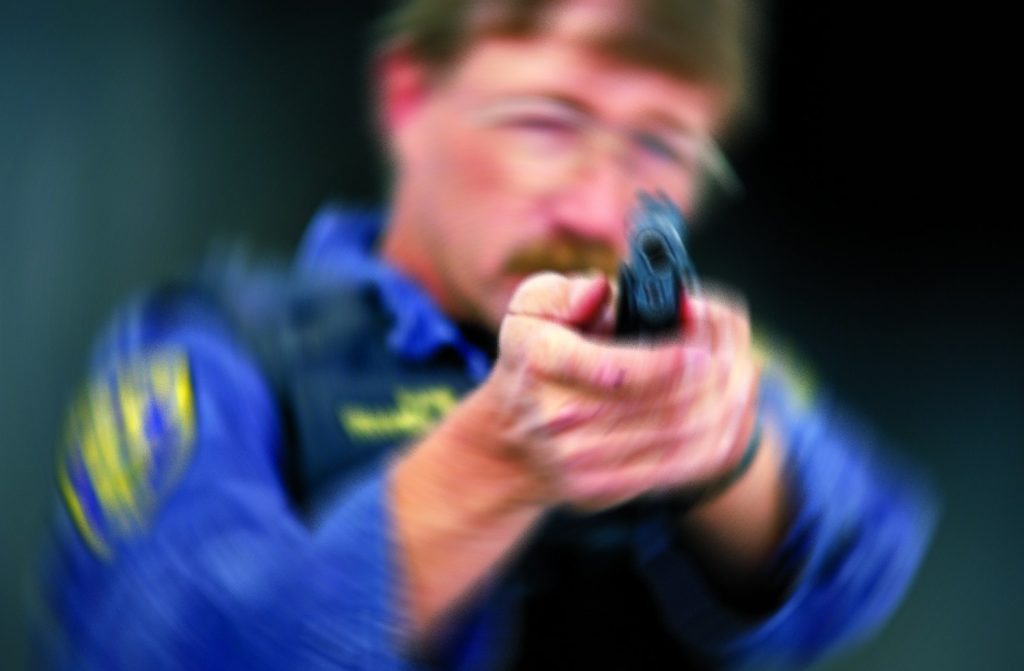
By: Brian C. Smith Editor’s Note: The views in this article are the author’s own and don’t necessarily represent those of Action Target, Inc. Approximately 16 years ago, I had a conversation with an old “salty” veteran police officer over lunch. He was sent by his police agency to attend a firearms class that I […]
The Equipment You Need to Make a Good Shooting Range Great: Pt. 1

By Matt Brinkerhoff, Action Target Range Consultant Anyone who has been to a quality shooting range knows it requires much more than a line drawn in the dirt and a few paper targets. Great shooting ranges are designed to protect customers, employees, and the environment. Here at Action Target, we specialize in designing, manufacturing, and […]
Indoor vs. Outdoor Shooting Ranges: What You Should Know Before You Start Building
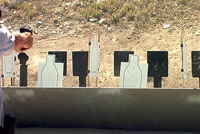
By Chris Hart, Action Target Range Consultant Everybody has their own preference when it comes to shooting ranges. Some people like the open-air feel of an outdoor range where they can shoot steel targets at 500 yards while others prefer the air conditioned comfort of indoor ranges where target distance can be controlled with the […]
Three Keys to Getting Your Shooting Range Approved
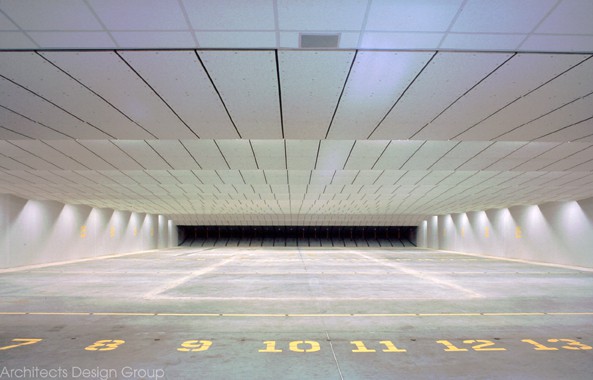
In the process of building a shooting range, perhaps the most intimidating part is getting it approved by your local government. Even after you’ve done all the work, raised all the money, and planned everything out, the final say still comes down to a handful of elected officials. Don’t let that make you feel powerless, […]